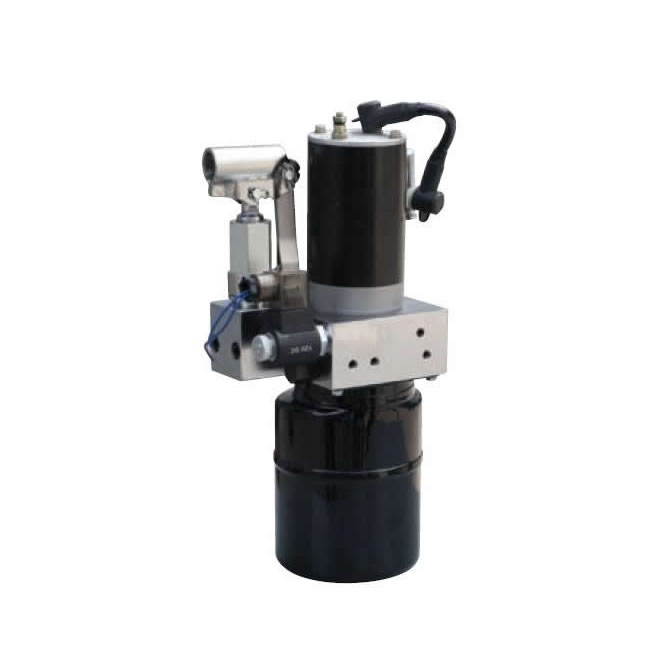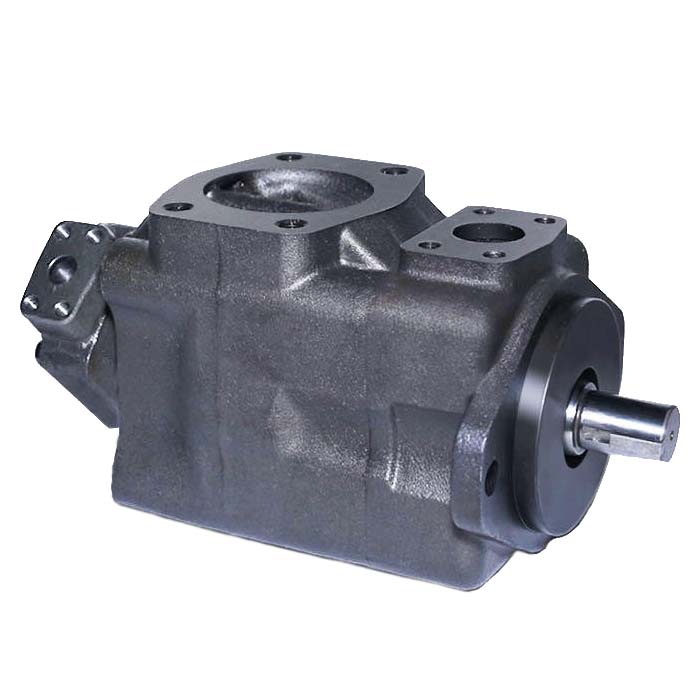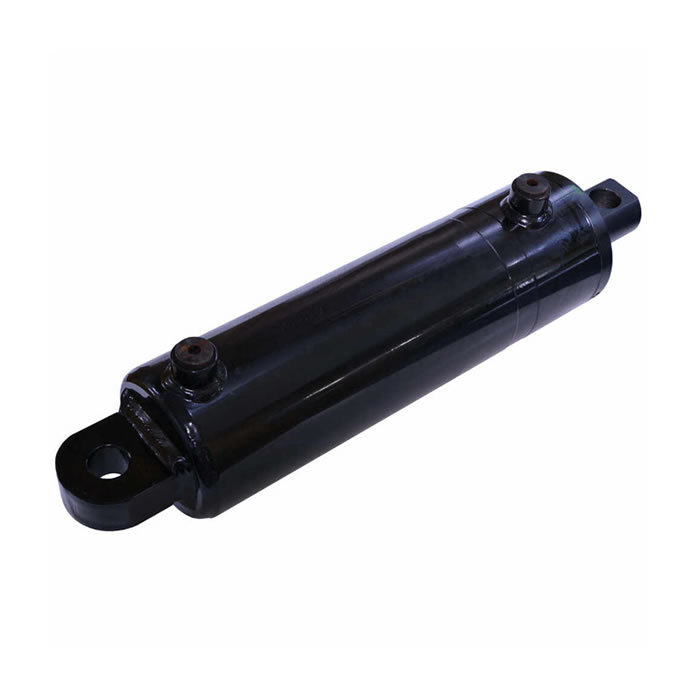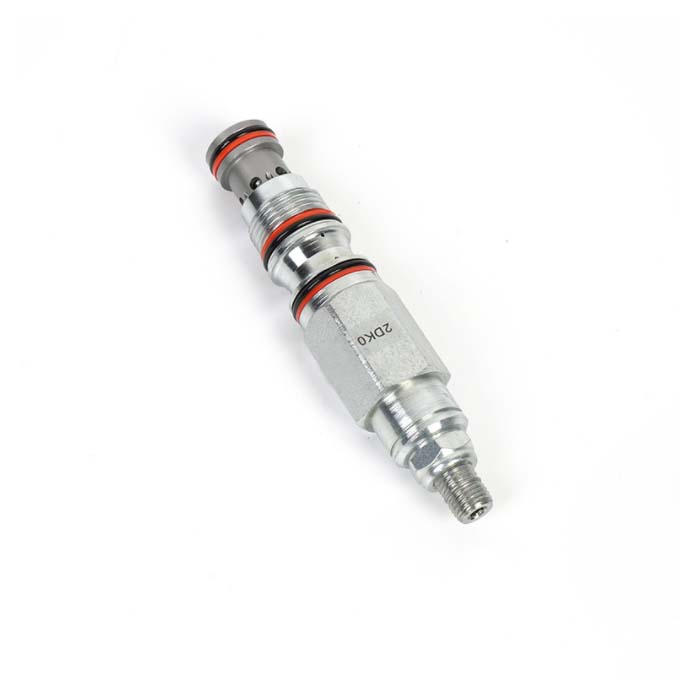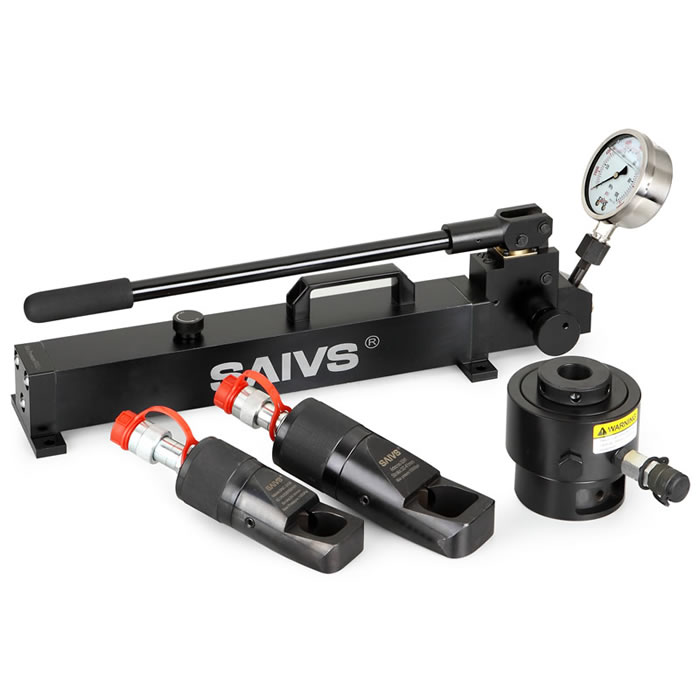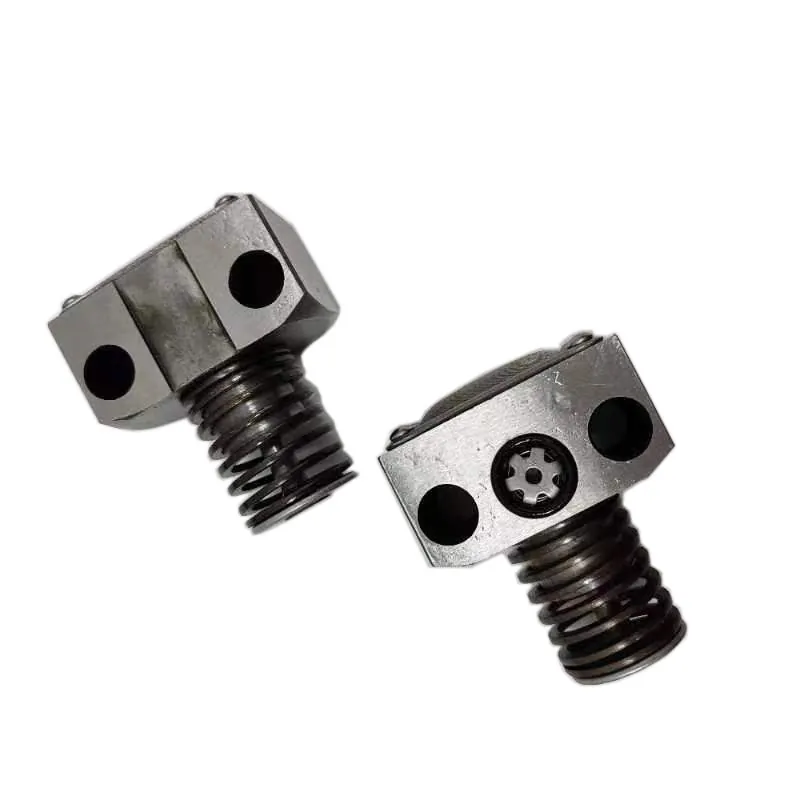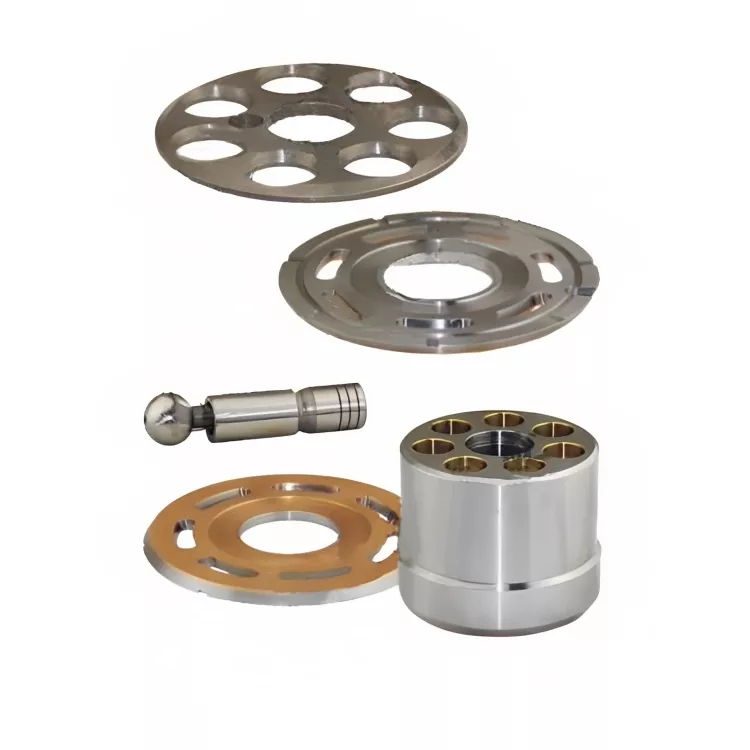The Critical Importance of Check Valves for Hydraulic System Efficiency and Safety
In the realm of Hydraulic Systems, the importance of check valves cannot be overstated. These vital components play a crucial role in maintaining system efficiency and ensuring operational safety. By preventing backflow and allowing fluid to flow in one direction, check valves contribute to the reliability and longevity of hydraulic machinery. In this article, we will explore the key benefits of check valves and their impact on hydraulic systems and machine safety.

1. Preventing Backflow
One of the primary functions of check valves is to prevent backflow in hydraulic systems. Backflow can lead to contamination of hydraulic fluids, which compromises the system’s efficiency and can cause significant damage to components. By ensuring that fluid flows in a single direction, check valves help maintain the integrity of the hydraulic circuit. This not only protects the system but also prolongs the life of hydraulic components, leading to reduced maintenance costs.
2. Enhancing System Efficiency
Check valves are integral to enhancing the overall efficiency of hydraulic systems. By preventing reverse flow, they help maintain optimal pressure levels within the system. This stability allows Hydraulic pumps to operate more effectively, delivering the necessary power to machinery without the risk of fluid loss or pressure drops. As a result, hydraulic systems can function at peak performance, improving productivity and reducing energy consumption.
3. Improving Safety
Safety is paramount in any industrial setting, and check valves significantly contribute to the safety of hydraulic systems. In the event of a pump failure or power loss, check valves prevent hydraulic fluid from flowing back into the system, which could lead to hazardous conditions such as fluid leakage or equipment malfunction. By ensuring that fluid remains in designated areas, check valves minimize the risk of accidents and enhance the overall safety of machine operation.
4. Simplifying System Design
Incorporating check valves into hydraulic systems can simplify design and reduce complexity. With check valves in place, designers can eliminate the need for additional components, such as separate pumps or extra piping, to manage fluid direction. This streamlining not only reduces the initial cost of system design and installation but also minimizes the potential for system failure due to excessive components. A simpler hydraulic system is often more reliable and easier to maintain.
5. Versatility Across applications
Check valves are versatile components that can be used in a wide range of hydraulic applications, from industrial machinery to mobile equipment. They are available in various sizes, materials, and configurations, allowing engineers and designers to select the appropriate check valve for specific operational requirements. This adaptability makes check valves suitable for numerous industries, including construction, agriculture, and manufacturing.
6. Cost-Effectiveness
Investing in check valves can lead to significant cost savings over time. By preventing backflow, these valves reduce the likelihood of system failures, which can be costly to repair. Furthermore, their role in enhancing system efficiency means that machines can operate with less energy, contributing to lower operational costs. For businesses looking to maximize their return on investment, check valves are a wise addition to any hydraulic system.
Conclusion
In summary, check valves are essential components that enhance the performance and safety of hydraulic systems. Their ability to prevent backflow, improve system efficiency, and contribute to machine safety makes them invaluable in various industrial applications. By understanding the benefits of check valves, businesses can make informed decisions that lead to more reliable and efficient hydraulic operations.

